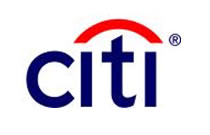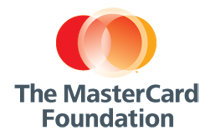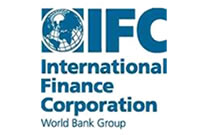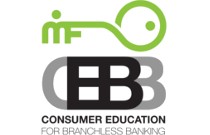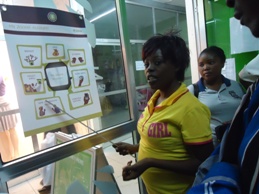
The past few decades have seen an impressive expansion of financial services to the world’s under- and unbanked populations. This expansion has not been without its challenges, including low-income customers of many financial service providers (FSPs) falling into considerable over-indebtedness [1] or signing up for services they do not use [2]. MFO’s own research [3] and the research of others suggest that the limited financial capability of FSP customers is one of the factors behind these challenges. Hundreds of millions of people are gaining access to formal financial services with no education in basic money management principles and ways to maximize the usefulness of the new services to which they have access.[4]
Extending financial education (FE) to consumers is vital in empowering them to make informed decisions about the financial services they use and how they use them, including avoiding over-indebtedness and signing up for accounts they never use. But reaching the massive number of clients in need of FE in a way that is accessible and practical is a tall order. The Monitor Group report suggests it could cost from $7 billion to $10 billion using traditional, classroom-based approaches to provide education just to those who already have access now – a sum that is 10% to 15% of the total current asset base of microfinance institutions worldwide. If access to finance were extended to include the world’s 2.7 billion unbanked, the cost of building financial capability would rise further by a factor of at least three.
One way to deliver FE at scale and cost-effectively is embedded education. This is the process of leveraging encounters in a provider’s service delivery channels that exist primarily for non-educational purposes.
Over the past number of years MFO has been engaged in several embedded education projects, including three projects within its Consumer Education for Branchless Banking program in India, Philippines and Zambia.[5]
The consumer education program designed for the Rural Bankers Association of the Philippines included a flipbook to help bank staff explain to clients how mobile banking services worked using illustrations that described the different steps involved in the process. It also used storytelling to present the benefits of mobile banking in ways that related to clients’ every day needs.
From these projects we have learned that embedding education in the existing service delivery system of an FSP can have multiple benefits in comparison to traditional classroom training, because it:
- Lowers the cost of delivering education;
- Leverages “teachable” moments within the service delivery process; and
- Forces the service provider to secure and renew the commitment of frontline staff and key management personnel to educating customers, resulting in a more effective implementation process.
Embedded education’s efficacy [6] rests on tested Adult Learning Principles. In particular, it gives consumers the opportunity to practice what they have learned because they are receiving their new knowledge in a context where they can apply it.
Results from MFO’s engagement with Zoona in Zambia indicate that a loan group that received FE from credit officers asked for an increase in a new loan that was approximately 12 percentage points smaller on average than the increase in a new loan requested by a group that may not have received consumer education training, all else equal.
In addition, embedded education empowers frontline staff to interact with their customers in an informed manner regarding the technical use of the financial services they are providing and how a customer might use them as part of their good money management practices.
“We use the budget planning section [of the flip book] frequently because this helps to increase the [customers’] savings. And people react spontaneously after discussion on savings” – Business Correspondent, India
The key ingredient required to make embedded financial education work as a model is to keep the focus on the consumer throughout the process: design of the content, depth and mode of learning, packaging of tools and resources, frequency of exposure, mode of delivery, and positioning of the overall financial education program. But this focus on the consumer must also take into account the need to align the education program with the operational processes of the FSP and the priorities and interests of the frontline staff.
Embedded education is critical tool for empowering consumers to make informed decisions about the financial services they use and how they use them. This approach to education is also consistent with trends in financial inclusion, which put clients at the center. Furthermore, as I will discuss in another blog in this series, it is consistent with improving the bottom line of FSPs.
This post is part of MFO’s new blog series, where we’ll share key learning and evidence from our current work. Next week, we’ll delve deeper into the embedded education methodology and its key elements.
[1] The Andhra Pradesh crisis of 2010 alerted policy-makers to the problems of customer over-indebtedness. MFO’s analysis of MixMarket data revealed that FSPs in Latin America wrote off $800 million in bad debts in 2012.
[2] GSMA’s 2013 “State of the Industry” report stated that of the 200 mobile money deployments worldwide, only 15 had over one million active users with only 37% of registered users being active on average.
[3] See also Cohen 2013.
[4] See the Monitor Group’s 2013 “Bridging the Gap” report.
[5] These projects were with FINO PayTech in India, the Rural Bankers Association of the Philippines (RBAP) and Microenterprise Access to Banking Services (MABS) in the Philippines, and VisionFund and Zoona in Zambia.
[6] Tower, C. and Noggle, E. (forthcoming) ‘Zambia Outcomes Assessment’, internal document, Washington, DC: Microfinance Opportunities.




